A few weekends ago I headed out for my first “proper” road cycling ride with two friends of mine. One of them has been riding for a couple of years and the other for about a year. It is a fairly irregular trip out on a Saturday or Sunday morning for around 2-3 hours. I’ve been cycling to work on and off for 6 years and have been saying I will upgrade my hybrid to a road bike one day. That day finally came a few weeks ago when I got a nice deal on a Cannondale CAAD8 road bike.
Cycling has boomed over the last few years. The success of Team GB at the Olympics, 4 British Tour de France wins, the health and fitness boom, cycle superhighways, increasing traffic congestion, the rising price of public transport have all helped contribute to this. A company I used to work for even offered mileage if you went to meetings on your bike. Ned Boulting (cycling journalist and presenter) takes cycling’s growth back to when Chris Boardman won Olympic gold in Barcelona in 1992.
The rise of cycling is clear to see. Articles about cycling being the new golf, the growth in cycling club members, cycle cafes, high-end bike shops on our High Streets. I regularly pass through Kingston on Thames at 8am on a Saturday morning and see more and more riders sweeping through Kingston to head out to the Surrey Hills. Anyone who has been to Richmond Park recently will have noticed it seems like there are more bikes than cars!
To read about the health and wellbeing benefits of cycling – see my post here.
Cycling (or in particular road riding) can seem daunting. People on carbon-framed bikes, head to toe in lycra team kit – almost look professional. It’s not like running where the only real essential outlay is a pair of trainers. Cycling looks like it requires a serious amount of kit and technology. But does it….
Below is a breakdown of what I think you actually need to get out on a bike. Note – here I am talking about road biking and commuting. Mountain biking is still on my list of things to try.
The Bike
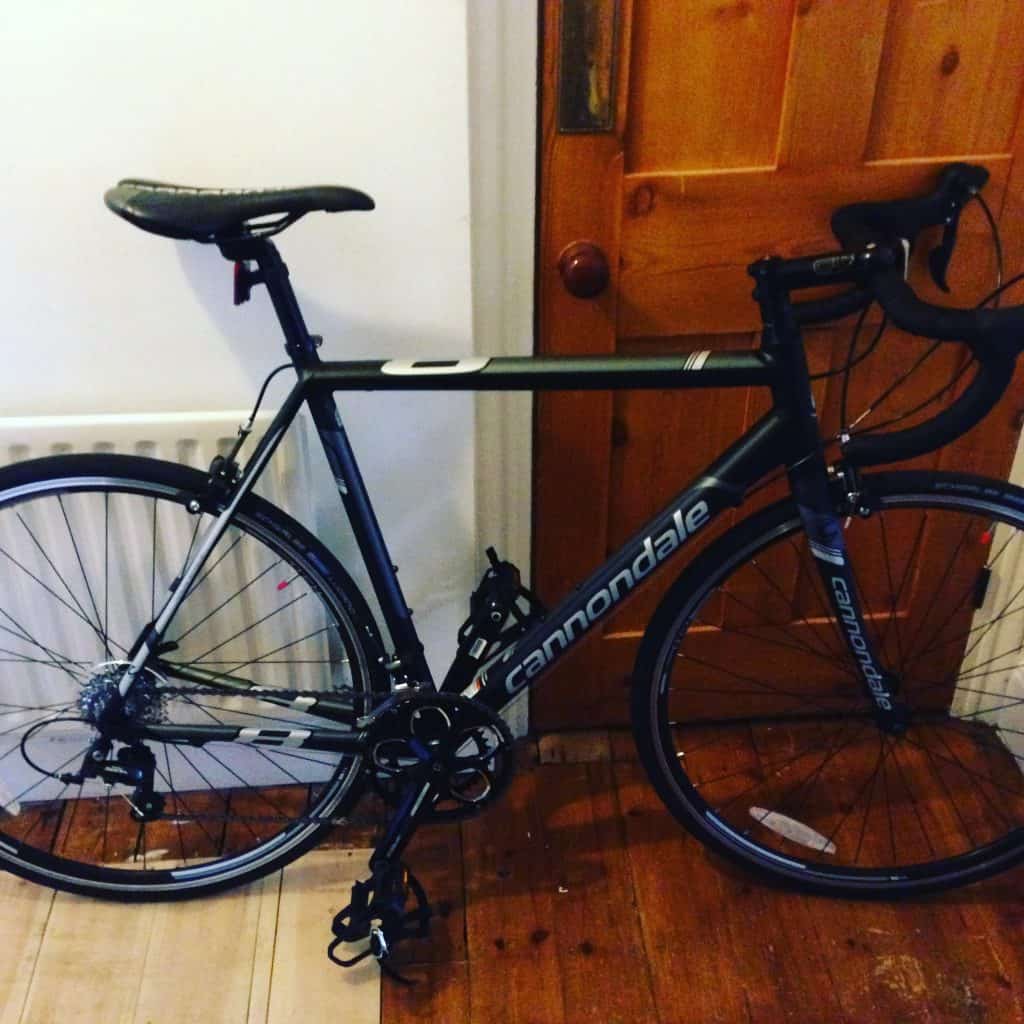
Yes, you need a bike. These can now come at the same price as a car. If you’re starting out and don’t have too much to spend or don’t want to. Getting a very reasonable set of wheels is completely possible. Decathlon has their own range of Btwin bikes that start at very good prices from around £300. Boardman Bikes are available at Halfords and constantly get good write-ups and have high-level tech at prices off under £500.
The new season bikes are released in September so the previous ranges get sold off at sale prices, normally at 20-25% reductions. So September/October/November is a good time to look for a deal.
Take a look at the Cycle to Work scheme. It can save you at least 25% and covers the bike and accessories. Check if your employer takes part in the scheme. Thinking about a new bike? Check out this comprehensive post by Jen Reviews on 10 factors to consider when choosing a bike.
The Kit

Once you go down the rabbit hole of bike kit, you just can’t stop. You can just about buy anything, be it for your bike, to clothe you, to drink, to ingest, to measure you, to rub on you, to film you. All convincing you that it will make you a better and faster rider.
This has already started since I got my new bike. I needed clip in pedals and then special shoes to use with those pedals. I’ll now be heading out without my rucksack (that I commute with) so needed a fancy jersey with pockets on the back to store my inner tube, pump, tools, gels, phone, keys and cake! Even though I have splashed out a little recently, I rode for a number of years with limited stuff or gear I already had. Here is a list of essentials –
To wear
Helmet – The critical piece of kit. It’s best to buy one new. You have no idea about the history of a used helmet. You want it to be comfortable, so going to a shop and trying them on is best. These can range from £20 to £120. I suggest you get one that is adjustable, which allows you to use with a thin wooly hat on cold days.
Top half – I wear a long sleeved compression top and a running tech tee over the top, both things I already have. My rain jacket is an old Adidas running jacket with reflective bits. Whilst I am sure you can get waterproof cycling jackets at phenomenal prices, when you are on a bike and the throws it down with rain, not many things are going to keep you dry.
Bottom Half – I bought a basic pair of cycling shorts (with padded bum) that have lasted years and are still going strong. Any pair of shorts over the top of them is fine. I am yet to go fill lycra! Full length lycra leggings are available. I’ve always survived in my shorts but can see how on long rides on cold days you may suffer in shorts.
Gloves – I use a basic set of fingerless cycling gloves. On cold days I put my running gloves underneath them. Any gloves will do, as long as they allow you the control the bike, change gears and brake effectively.
Shoes – If you have normal pedals and toe clips, any pair of trainers will do. I have found football AstroTurf trainers are good for grip and water resistance (again I had these sitting around at home).
Backpack – Though it’s not essential, it’s really useful. You probably have one kicking around you can use. I have an Osprey Talon 22 which is quite pricey for a backpack, but I highly recommend it. It doubles as a very good walking/running backpack.
To take with you
Spare inner tube – Don’t try to fix a puncture with a puncture repair kit on the side of the road. Just change the inner tube and get going. If you what to repair the punctured tube, you can do it at home.
Tyre levers – Essential for getting the tyres off the rim (and back on again).
Mini pump – To pump up your flat tyre. These are now super small and do an excellent job.
Multi-tool – Needed for adjusting or tightening just about anything on your bike.
Hand wipes –Not essential, but changing an inner tube is a messy job. Come in handy pocket sizes from Wilkos or local bike shops.
Lock – If you what to hold on to your bike, indispensable. They come in different security ratings from bronze to gold. Think about how you’re going to carry it (therefore the size and weight) and then spend as much as you can. It’s worth the peace of mind. Remember, most wheels are now quick release so either a cable or another lock is useful.
Being seen
Lights – You can think about this in two ways – “being seen” or “to see where you are going”. As the nights have drawn in, lights are a must. Again there is a massive price range but a reasonable set can be around £20.
Hi Vis – Whilst it is great to look like Team Sky in their all black kit. It does not get you seen! Hi Vis does. This can be done by your jacket, backpack (I have one of these and it also waterproofs your backpack), socks and just about anything really.
Extras
Track Pump – Again, this is not essential, but massively useful to get your tyres pumped up to a good pressure. This helps rolling resistance and reducing punctures. You can get them for around £20
Breakdown
Here is a breakdown of the cost of essentials
(All prices as of October 2016)
I have used examples from Halfords as it’s accessible to most people and covers all the items, but please support your local independent bike shop.
Links to clothing are for men’s items but all items available for ladies as well.
Bike – £449.10
Helmet – £35
Lights – £20
Lock – £45
Gloves – £15
Shorts – £40
Mini Pump – £11
Tyre Levers – £5
Multi-Tool – £6
Inner tubes – £4
TOTAL – £630.10
Using the Cycle to Work scheme you could make a saving of £201.07 So you will get the bike and all the bits for £430 – not bad!
Please note – Some of these prices have changed but it gives a good example of the savings that can be made and cost to get you on the road.
I hope this helps if you are thinking about getting on a bike again. If you do get on a bike, please remember to be safe, use a helmet and lights. Ride sensibly and defensively and make sure you get to where you’re going in one piece.
More information is available at the British cycling website.
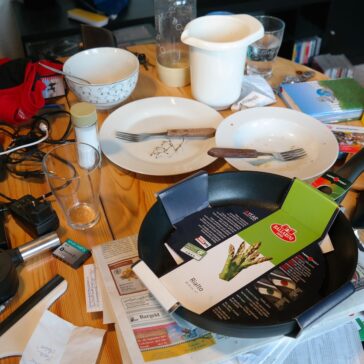
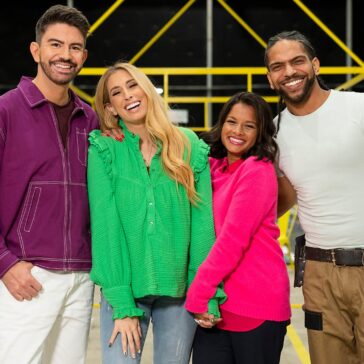
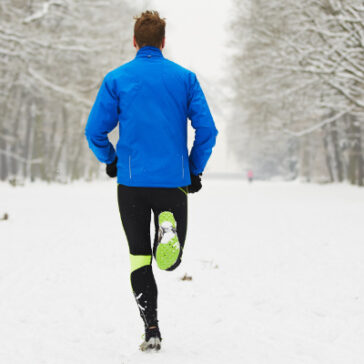
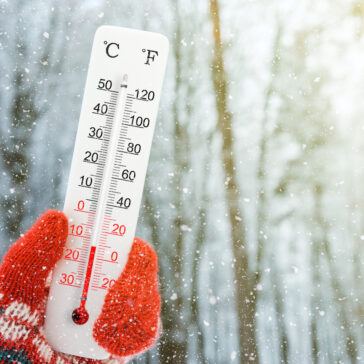
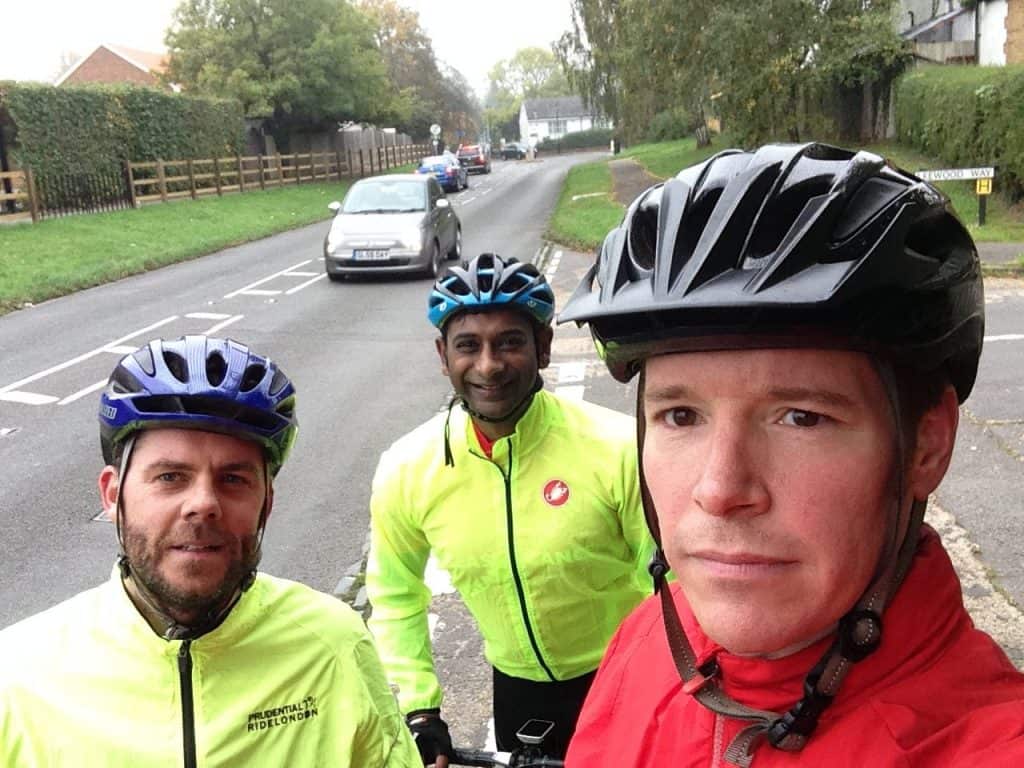
Very interesting points you have mentioned, appreciate it for posting.